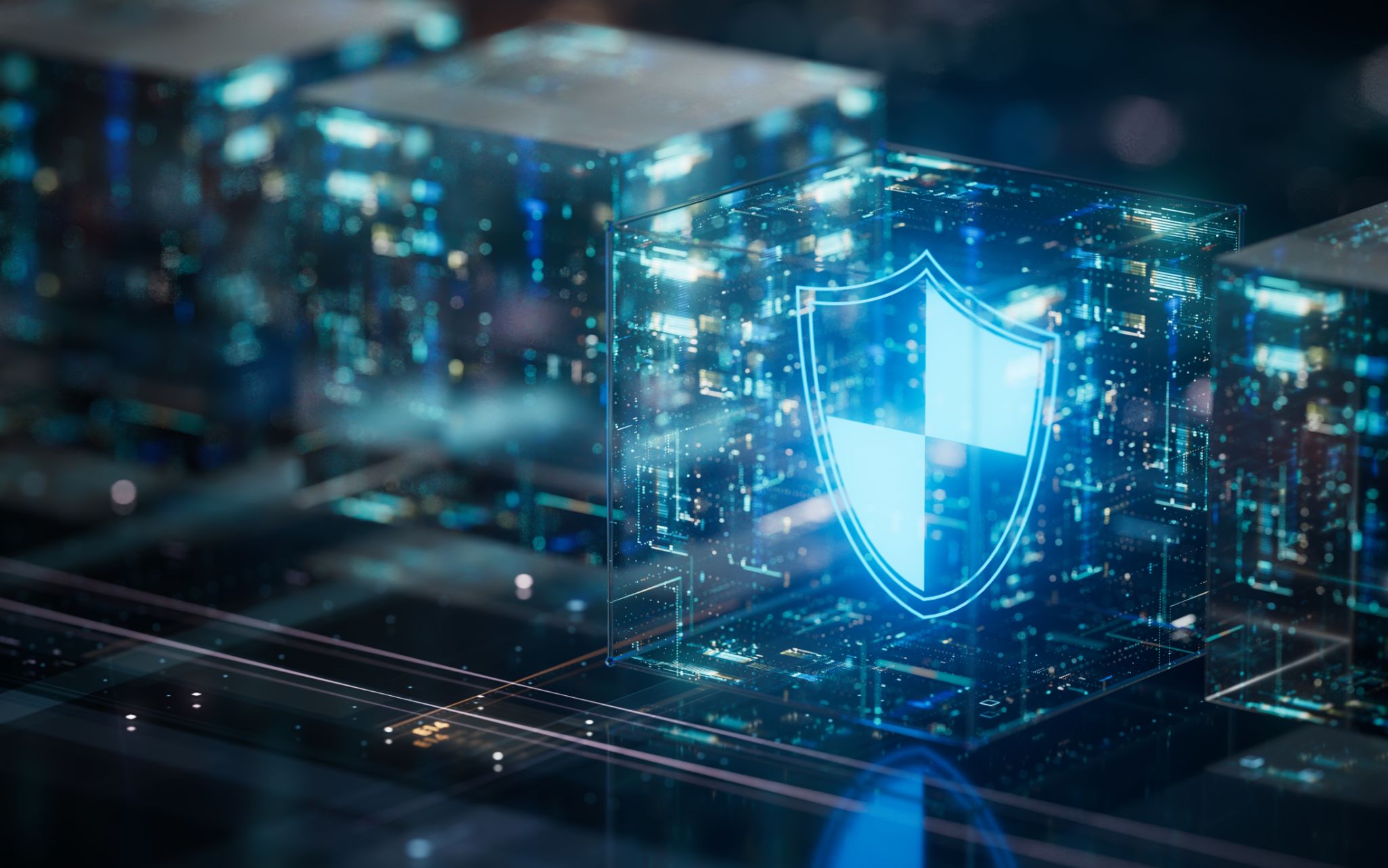AI-Powered Smart Grids: The Future of Energy Distribution
Understanding AI-Powered Smart Grids
The energy sector is undergoing a transformative shift with the advent of AI-powered smart grids. These advanced systems are poised to revolutionize how electricity is distributed, making energy management more efficient, reliable, and sustainable. By integrating artificial intelligence with traditional grid infrastructure, we can optimize energy consumption, reduce waste, and enhance grid resilience.
AI-powered smart grids leverage machine learning algorithms to analyze vast amounts of data in real-time. This enables the grid to anticipate demand, manage supply fluctuations, and quickly respond to potential issues, thus minimizing downtime and improving service reliability. Such capabilities are crucial as we transition to more renewable energy sources that are inherently variable.

The Benefits of AI Integration in Energy Distribution
One of the primary benefits of AI-powered smart grids is their ability to enhance energy efficiency. By predicting consumption patterns, these systems can ensure that electricity is delivered precisely when and where it is needed, reducing unnecessary energy production and lowering costs for consumers and producers alike.
Moreover, AI can significantly improve grid reliability. By continuously monitoring the grid's condition, AI systems can detect anomalies and predict failures before they occur. This proactive approach allows for timely maintenance and reduces the likelihood of power outages.

Facilitating the Transition to Renewable Energy
As the world shifts towards cleaner energy sources, AI-powered smart grids play a critical role in managing the integration of renewables like solar and wind into the energy mix. These sources are intermittent by nature, but AI can help balance supply and demand by forecasting weather patterns and adjusting energy distribution accordingly.
Additionally, smart grids enable more efficient energy storage solutions. By analyzing energy production and consumption in real-time, AI can optimize the use of storage technologies, ensuring that excess energy is stored during periods of low demand and released during peak times.
Enhancing Energy Security and Resilience
Energy security is a growing concern in our interconnected world. AI-powered smart grids enhance security by providing advanced threat detection capabilities. By analyzing data from various grid components, AI can identify potential cyber threats and initiate preemptive measures to safeguard critical infrastructure.

Furthermore, these smart grids contribute to greater resilience against natural disasters. By understanding historical data and current conditions, AI systems can quickly reconfigure the grid in response to extreme weather events, ensuring that power is restored swiftly and efficiently.
The Future of Energy Distribution
As technology continues to evolve, the potential applications of AI in energy distribution expand. Future smart grids could incorporate even more sophisticated algorithms and IoT devices, further enhancing their efficiency and adaptability. The integration of blockchain technology could also provide more secure and transparent energy transactions.
The shift towards AI-powered smart grids represents a fundamental change in how we approach energy distribution. As these systems become more widespread, they promise not only to improve the efficiency and reliability of our power supply but also to support a more sustainable and resilient energy future.
